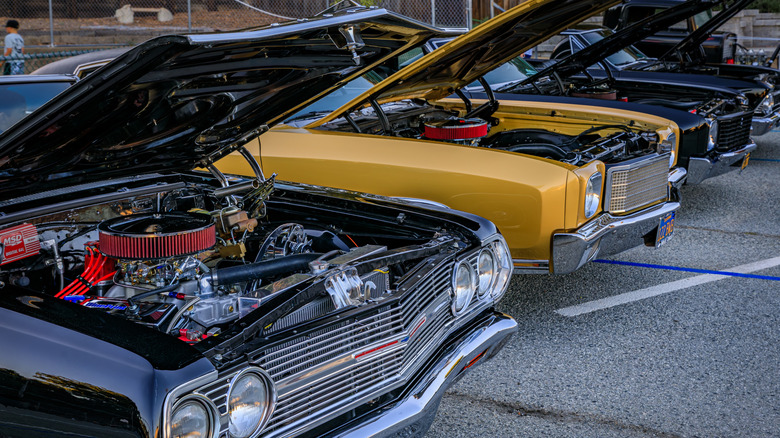Why No Seven-Cylinder Car Engines?

The Mystery of the Seven-Cylinder Engine
It’s one of those questions you’ve probably never considered, but once you hear it, it lingers in your mind. Automakers have developed engines with three, four, five, six, eight, 10, 12, and even 16 cylinders, but what about seven? Surprisingly, seven-cylinder engines are not just a myth—they do exist, though they are not found in any production car. The primary reason for this is balance.
An engine is a complex system where pistons fire rapidly, a crankshaft rotates at high speeds, and oil and coolant circulate to keep everything running smoothly. This motion generates significant vibration, which is why balancing is crucial. Engineers must ensure that every off-axis force is counteracted by an equal and opposite force. It’s much simpler to balance an inline engine with an even number of cylinders than one with an odd number. V-format engines also offer a way to balance across two cylinder banks. The bottom line is that creating an inline-seven engine would introduce unnecessary complexity and awkwardness, making it impractical for most automotive applications.
Understanding the Challenges of Odd-Cylinder Engines
To grasp why seven-cylinder engines are not used in cars, it helps to look at existing engines with odd numbers of cylinders. Three-cylinder engines, for example, are often described as a straight-six engine cut in half. However, this configuration leads to inherent issues. During rotation, there are moments when none of the pistons are in the correct position for compression or power delivery. This causes the engine to rock and twist due to the asymmetrical crankshaft. To mitigate this, engineers use a counter-rotating balance shaft, which adds weight and complexity.
Five-cylinder engines face similar challenges, but the extra two cylinders make the problem worse. Firing overlap is another important factor. A typical three-cylinder engine has no cylinders firing during 60 degrees of its 360-degree rotation, leading to significant vibration. In contrast, a five-cylinder engine has more combustion events per crankshaft rotation, resulting in a smoother operation. However, adding two more cylinders to create a seven-cylinder engine introduces new engineering obstacles.
The Complexity of Inline-Seven Engines
Adding two more cylinders means designing a crankshaft that is both stiff and heavy enough to resist flexing during rotation. This increases cost and reduces efficiency. Additionally, fitting such a long engine into a car's chassis presents a major challenge. Simply put, a seven-cylinder engine magnifies the problems of odd-cylinder engines to the point where engineering solutions become too cumbersome for passenger vehicles. Most automakers find it easier to build V-format engines instead.
Industrial Applications of Seven-Cylinder Engines
While seven-cylinder engines are not suitable for cars, they do have practical uses in industrial settings. For example, companies like AGCO Power produce large inline-seven diesel engines for tractors and agricultural equipment. These engines are designed to operate at low speeds and can generate over 489 horsepower and 1,400 foot-pounds of torque. The steady, low RPM operation makes balancing easier, as engineers don’t need to account for the rapid acceleration and deceleration typical in car engines.
Older aircraft also used radial engines with odd cylinder counts, such as five, seven, or nine. In this design, the cylinders are arranged in a circle, allowing a single large counterweight to maintain balance. However, radial engines have several disadvantages that make them unsuitable for modern cars.
Conclusion
The concept of a seven-cylinder engine may seem intriguing, but the technical challenges and lack of practical benefits make it an unlikely choice for automotive manufacturers. While these engines serve specific roles in industrial and historical contexts, their limitations prevent them from being viable options for passenger vehicles. As technology evolves, it’s possible that future innovations might change this, but for now, the seven-cylinder remains a curiosity rather than a mainstream solution.